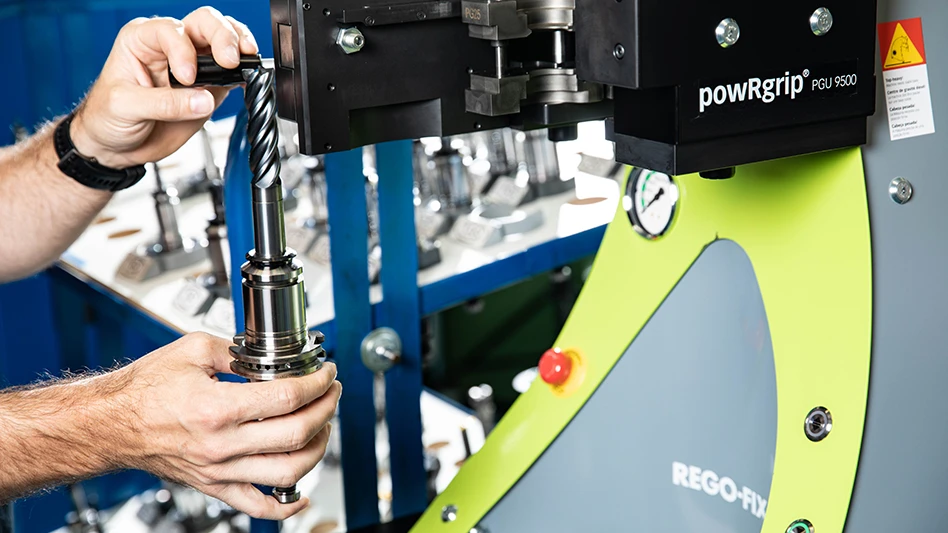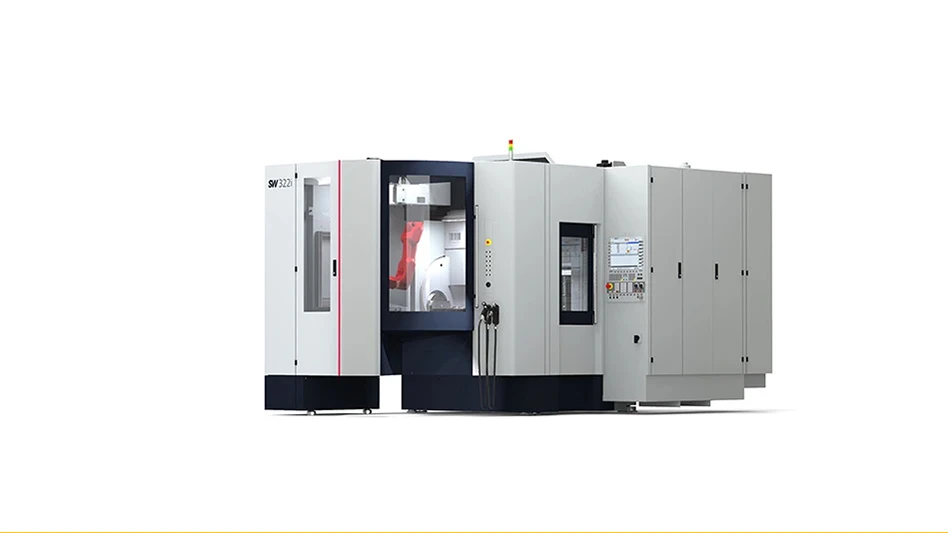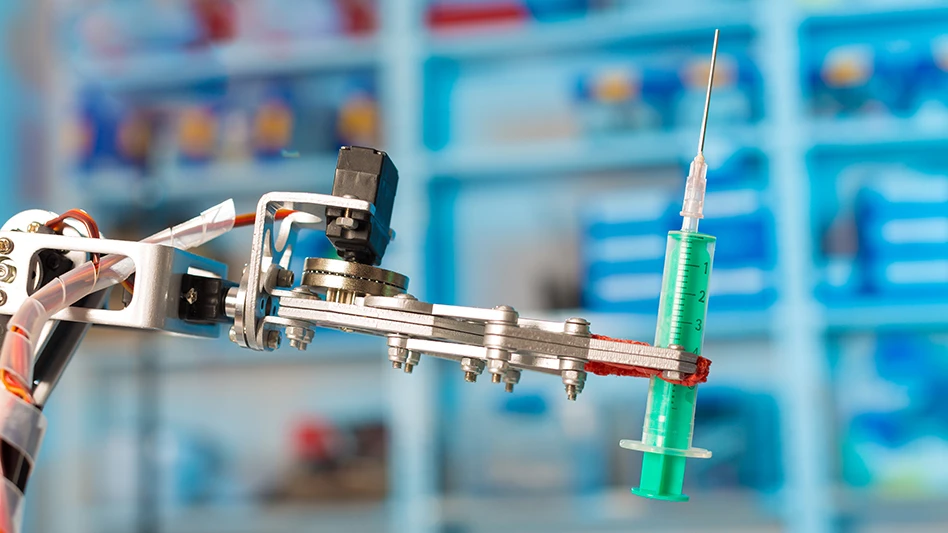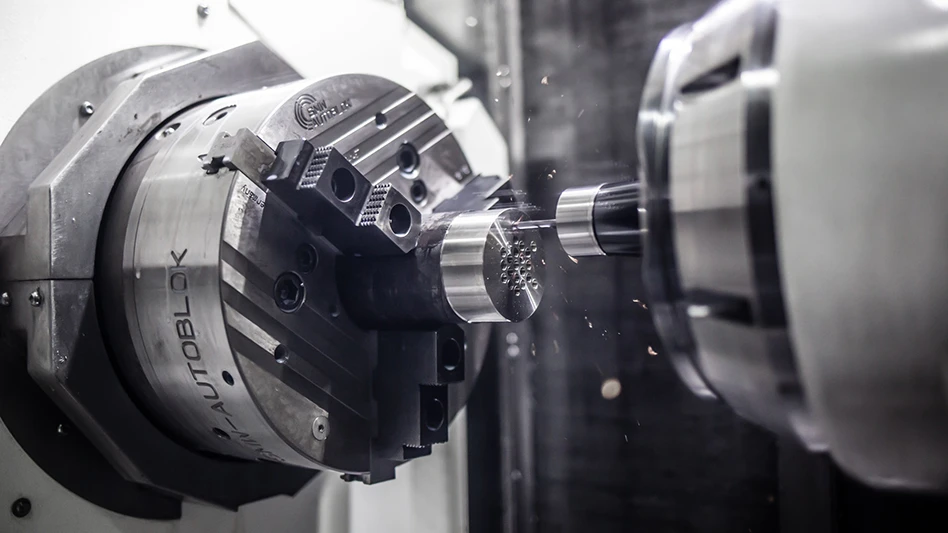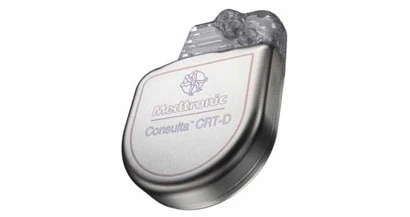
Medtronic Inc. officials announce U.S. Food and Drug Administration (FDA) approval and U.S. launch of its newest cardiac devices: the Vivaportfolio of cardiac resynchronization therapy with defibrillation (CRT-D) devices, and the Evera portfolio of implantable cardioverter-defibrillators (ICD).
The Viva CRT-D significantly improves response rate to the therapy for many indicated heart failure patients, with a demonstrated 21% reduction in overall heart failure hospitalizations within the first year after implant as compared to historical CRT trials. According to economic analyses presented at ISPOR Europe, with this device both payers and hospital providers will experience reductions in overall healthcare costs as compared to CRT-D devices with traditional programming.[1], [2]
The improved response is due to the device's ability to continuously adapt to individual patient needs and preserve each patient's normal heart rhythms. Called AdaptivCRT, the algorithm improves heart failure patients' response rate to CRT-D therapy by 12 percent as compared to historical CRT trials.[3]
The next-gen Viva CRT-D and Evera defibrillation devices are shaped for patient comfort with a new, contoured design that reduces skin pressure by 30%,[4] deliver greater battery longevity and come equipped with the most advanced shock reduction technology available.
Building upon its industry-leading device longevity as proven by seven independent studies, Medtronic's Viva and Evera systems deliver up to a 25% increase in battery longevity (up to 11 years) compared to previous devices.[5] , [6] , [7] , [8] , [9] , [10] , [11] , [12] In addition, both systems are paired with the reliable Sprint Quattro Secure lead, the only defibrillator lead with 10 years of proven performance with active monitoring.[13]
"These devices offer patients and physicians advanced systems that can improve patients' overall quality of life, while reducing the cost burdens of unnecessary hospitalizations," states Jagmeet P. Singh, M.D., Ph.D., director of the resynchronization and advanced cardiac therapeutics program at Massachusetts General Hospital in Boston. "Patients can now experience a more comfortable fit due to less skin pressure, a longer lasting battery, and highly advanced CRT-D algorithms."
The Viva and Evera portfolios include SmartShock 2.0, the next generation shock reduction algorithm that enables devices to better differentiate between dangerous and harmless heart rhythms, resulting in a 98% inappropriate shock free rate at one year.[14]
"These devices are designed to provide optimal therapy for patients, while providing economic benefits through fewer hospitalizations, fewer inappropriate shocks and increased longevity, which can result in lower healthcare costs," says David Steinhaus, M.D., vice president and general manager, Heart Failure, and medical director for the Cardiac Rhythm Disease Management business at Medtronic. "Patients suffering from debilitating heart rhythm disorders can rely on new treatment options that can significantly improve their quality of life."
In collaboration with leading clinicians, researchers and scientists worldwide, Medtronic offers the broadest range of innovative medical technology for the interventional and surgical treatment of cardiovascular disease and cardiac arrhythmias.
[1] Nationwide Inpatient Sample (NIS), Healthcare Cost and Utilization Project (HCUP), Agency for Healthcare Research and Quality (AHRQ). 2010 Data Year. Available On-Line at: http://hcupnet.ahrq.gov/HCUPnet.jsp. Accessed on April 9th 2013.
[2] Tarab AD, et al. ISPOR 2012
[3] Singh JP, Shen J, Chung. ES. Clinical response with Adaptive CRT algorithm compared with echo guided AV optimization: a propensity score analysis of multi-center trials. Presentation at European Society of Cardiology Congress August 2012.
[4] Flo, Daniel. Device Shape Analysis. January 2013. Medtronic data on file.
[5] Knops P, Theuns DA, Res JC, Jordaens L. Analysis of implantable defibrillator longevity under clinical circumstances:implications for device selection. Pacing Clin Electrophysiol. October 2009;32(10):1276-1285.
[6] Schaer BA, Koller MT, Sticherling C, Altmann D, Joerg L, Osswald S. Longevity of implantable cardioverterdefibrillators,influencing factors, and comparison to industry-projected longevity. Heart Rhythm. December 2009;6(12):1737-1743.
[7] Biffi M, Ziacchi M, Bertini M, et al. Longevity of implantable cardioverter-defibrillators: implications for clinical practice and health care systems. Europace. November 2008;10(12):1288-1295.
[8] Kallinen L, et al. 2009. http://spo.escardio.org/eslides/view.aspx?eevtid=33&id=1913.
[9] Thijssen J, Borleffs CJ, van Rees JB, et al. Implantable cardioverter-defibrillator longevity under clinical circumstances: an analysis according to device type, generation, and manufacturer. Heart Rhythm. April 2012;9(4):513-519.
[10] Shafat T, Baumfeld Y, Novack V, Konstantino Y, Amit G. Significant differences in the expected versus observed longevity of implantable cardioverter defibrillators (ICDs). Clin Res Cardiol. Published online July 14, 2012.
[11] Horlbeck FW, Mellert F, Kreuz J, Nickenig G, Schwab JO. Real-world data on the lifespan of implantable cardioverter-defibrillators depending on manufacturers and the amount of ventricular pacing. J Cardiovasc Electrophysiol. December 2012;23(12):1336-1342.
[12] Evera XT DR/VR Manual.
[13] Medtronic Product Performance Report, 2012 Second Edition, Issue 66.
[14] Virtual ICD: A Model to Evaluate Shock Reduction Strategies. Presented at HRS 2010 (P03-125).
Latest from Today's Medical Developments
- Robotics action plan for Europe
- Maximize your First Article Inspection efficiency and accuracy
- UPM Additive rebrands to UPM Advanced
- Master Bond’s LED415DC90Med dual-curable adhesive
- Minalex celebrates 60 years of excellence in miniature aluminum extrusions
- Tormach’s Chip Conveyor Kit for the 1500MX CNC Mill
- #39 - Lunch & Learn Podcast with EMUGE-FRANKEN USA and Okuma America
- Significant expansion for Intricon
